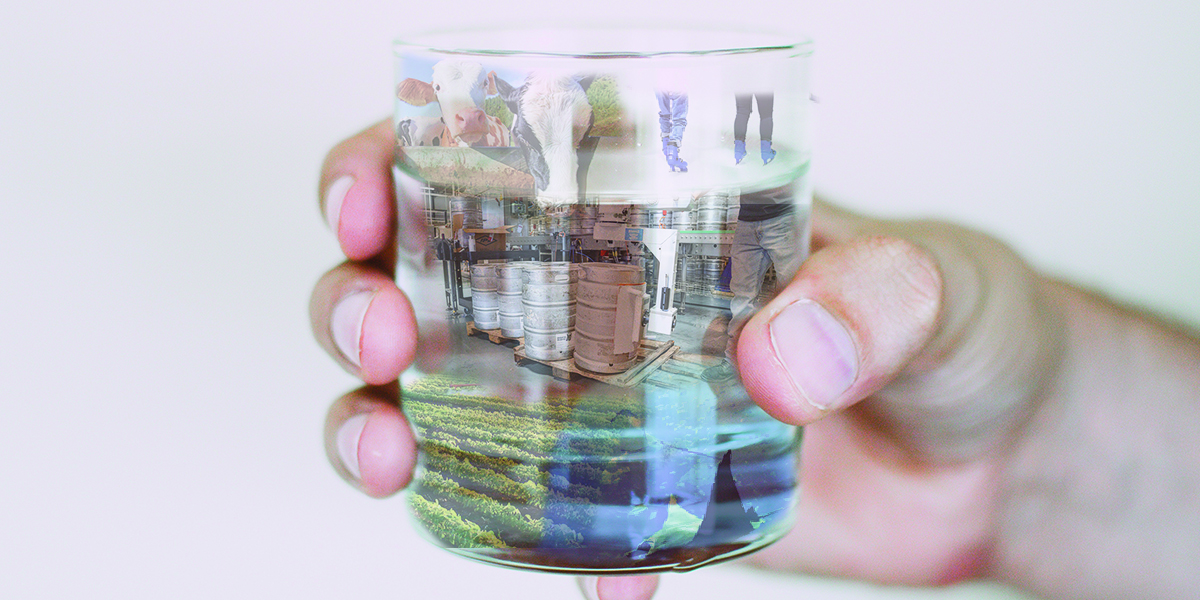Everyday Uses of Reverse Osmosis Water
Reverse osmosis water benefits agriculture, construction, coffee shops, breweries, car washes, aquariums and so much more.
Reverse Osmosis Water
Simply put, reverse osmosis is a water filtration process. Which includes four distinct steps.
First, pressurized water moves through a particle filter. Particle filters remove impurities like salt, sand and sediment.
Next, water passes through an activated carbon filter. Carbon filters trap and reduce minerals. As well as contaminants. Such as chlorine, mercury, copper and pesticides.
The first two steps of the reverse osmosis water filtration process are considered pre-filtration.
After pre-filtration occurs, the pressurized water forces itself through a semipermeable membrane. This membrane traps the smallest impurities so that only the water can pass through. This is the reverse osmosis stage.
Finally, in the discharge stage, contaminants flush away. And the filtered (treated) water moves to the storage tank.
Now that we know a little bit about reverse osmosis water, let's learn about the day-to-day processes and activities that rely on this type of water treatment.
Agriculture
Better water makes wholesome crops.
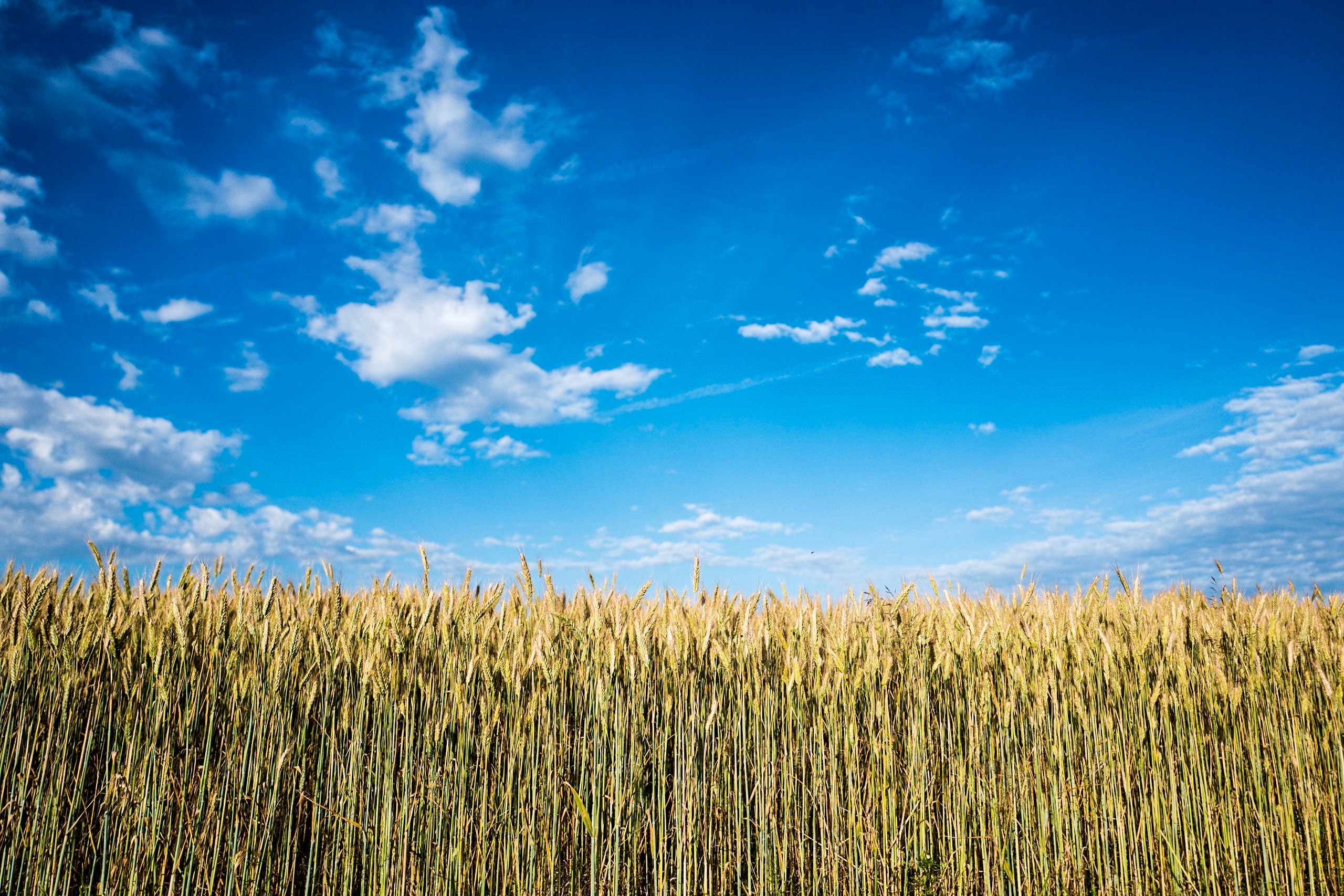
Water helps plants grow. And it mixes with pesticide applications to prevent the spread of bacteria and harmful bugs.
In addition, water quality can be the main factor in how a pesticide spray performs. Most sprays used by farmers contain at least 95 percent water. Sprays are mostly water and pesticides. They protect crops from harmful bugs or bacteria.
Both acidity and dissolved minerals interact with pesticides. Because of this, poor water quality reduces solubility. As well as the absorption of the harmful substance. This causes the spray to under-perform. And leaves crops vulnerable to pests and bacteria.
Because water is the primary ingredient in an application, it should be treated as the foundation. Farmers use water from lakes, streams or ponds. But the quality of the water used could decide whether or not an application is successful or not.
Therefore, water treated with reverse osmosis results in a more effective spray. And ultimately, more wholesome crops.
Breweries
Better water makes tastier beer.
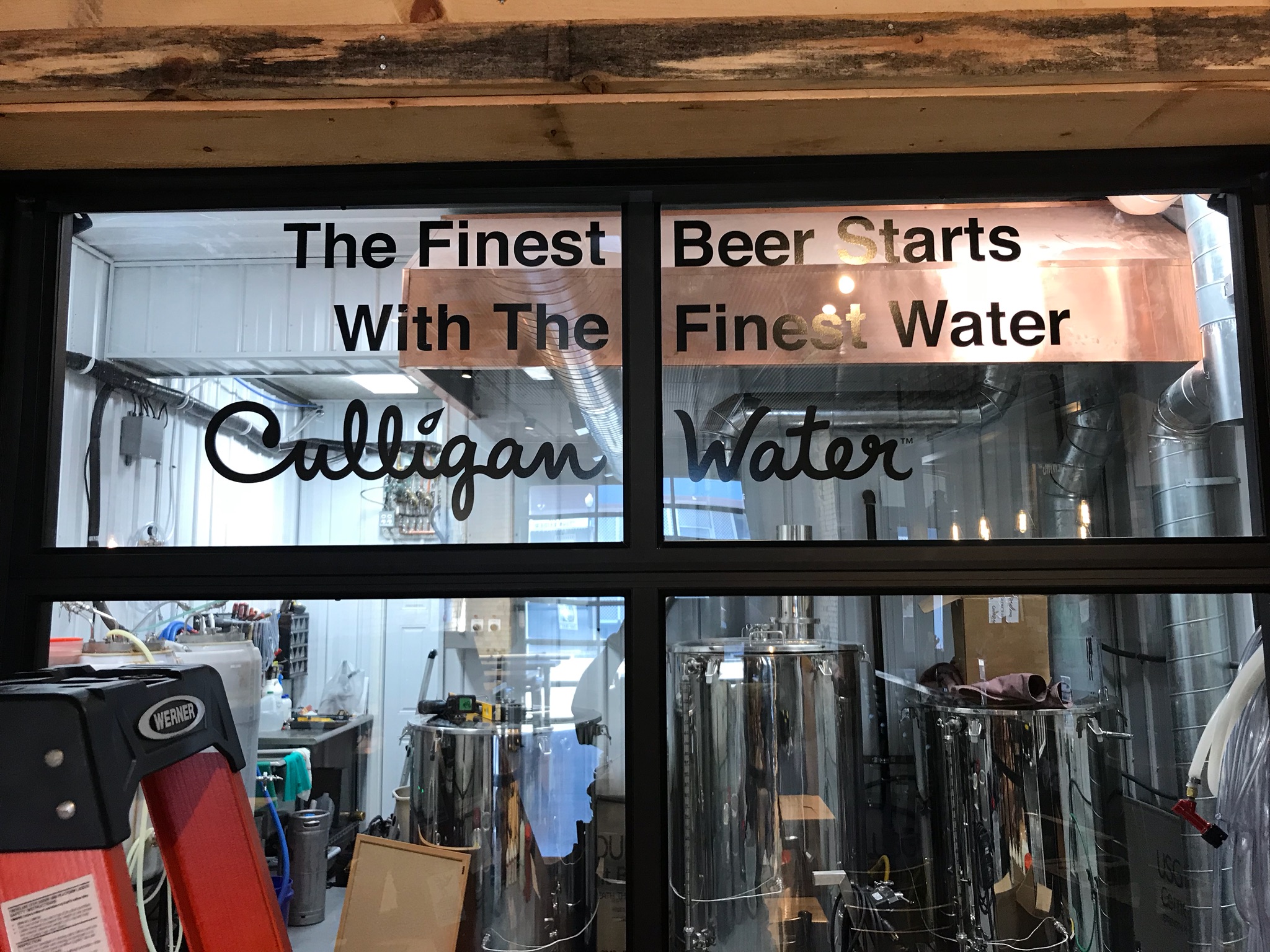
A few simple ingredients make up all types of beer. These include barley, water, hops and yeast. With a total of four ingredients, the quality of those ingredients is very important.
How is beer made? And what does water have to do with it? Let's discuss.
Although there are many variations of brewing and beer styles, most brewers follow a similar process.
To begin, they harvest, heat, dry and crack the grains. This process is traditionally known as malting.
Mashing is the next step. Grains steep in hot (not boiling) water, for around sixty minutes. While the grains are steeping, enzymes break down and sugars release. Once the sugars release into the water, a sticky, sweet liquid called "wort" is formed.
After creating wort, the boiling process begins. Spices and hops are added while the wort boils. Spices give the beer a distinct taste and hops act as a natural preservative. Plus, they help to balance out the strong sugar presence by adding bitterness.
Finally, the beer is fermented. In the fermentation stage, sugar and yeast combine to make alcohol and CO2. This process usually lasts around a few weeks.
Quality water is vital. Especially in the mashing process. Steeping the grains is a critical part of beer making. Because the water is not boiled, grains steep like tea. So if the water originally contains a lot of iron, the resulting wort could smell like rotten eggs.
Many breweries rely on Culligan Reverse Osmosis systems to filter their water. Because they know that quality beer comes from quality water.
Ice Rinks
Better water makes clearer ice.

Creation
Ice is primarily water. Additional ingredients include a combination antifreeze or refrigerant, and/or salt brine. Constructing an ice rink, however, requires more materials.
Placing a layer of sand or concrete comes first. Within the layer of sand or concrete, pipes are positioned to help control the temperature.
Next, a thin layer of water is added on top of the pipes. Which traps the layer of sand or concrete in place. And creates the first, thin layer of ice for the rink.
Once the initial layer of ice forms, painting lines or graphics comes next. Most ice rinks are marked with red and blue lines for hockey games.
To finish the process, added surface water thickens the ice. Depending on the needs of the rink, the ice can be anywhere from ¾ inch to 1 ½ inches.
Maintenance
Maintaining an ice rink is similar to the process of creating an ice rink.
Most rinks and arenas use surface vehicles called Zambonis. A Zamboni is an on-ice vehicle that resurfaces the ice and prevents, or fixes, weak or damaged areas. Zambonis operate in multiple steps.
- Wash the ice.
- Shave the ice.
- Leave behind a layer of fresh water to create new ice.
Reverse osmosis is especially helpful when washing and creating new ice. When water freezes, it sometimes becomes cloudy.
But because its free from contaminants, reverse osmosis water freezes clearer. Leaving behind a more impressive shine.
Concrete
Better water makes stronger concrete.
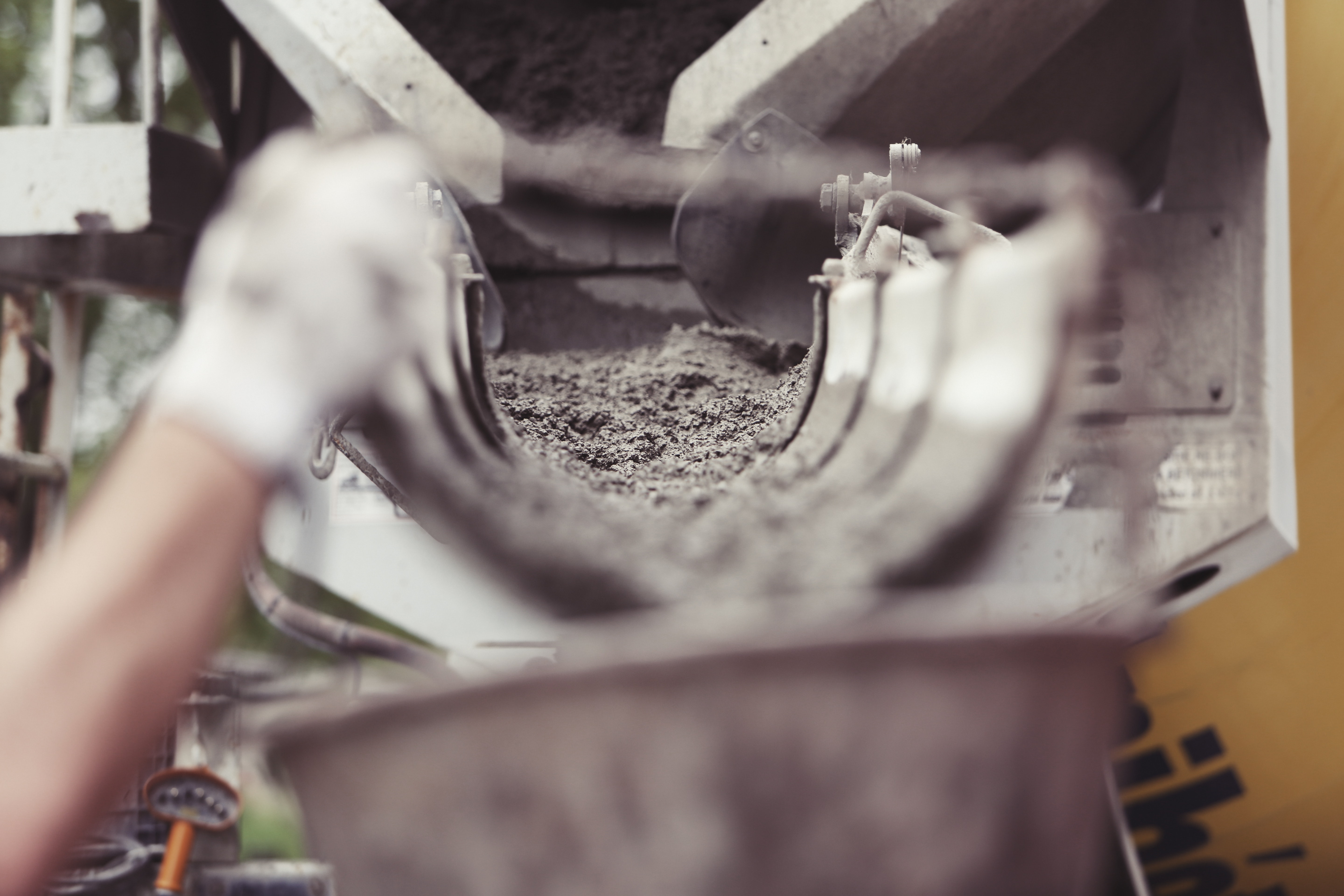
Water, aggregate (rock, sand or gravel) and cement make up concrete. And water quality is a very important part in the creation process.
Water chemically reacts with cement. So without water, the cement wouldn't be hydrated. Therefore, it wouldn't be manageable.
Mixing water with cement creates a water to cement ratio. This ratio explains the strength and permeability of the concrete. The lower the water/cement ratio, the stronger the concrete.
Aggregates, such as rock, sand or gravel, are each used in different types of cement. Sand is a thin, fine aggregate. While gravel or small stones are thicker and more coarse.
Cement usually takes the form of powder. And powder cement is a binding tool. By combining cement powder, water and aggregate, the mixture hardens into durable material. Which we know as concrete.
Multiple types of cement exist. And their purposes vary. While there are a number of things to consider when mixing concrete, quality water shouldn't be one of them.
Aquariums
Better water makes healthier aquariums.

Those who work with aquariums know the importance of creating a safe and healthy environment for fish. And a huge factor in this environment is the quality of water inside the tank.
Fish owners and more serious aquarists have frequent concerns about their water quality. Nitrates, pH, alkalinity hardness and ammonia levels all need to be measured regularly. In addition, water treated with fluoride and other chemicals are dangerous for fish.
Inside the tank, water should be changed frequently. And it should not contain chlorine. Because chlorine is harmful to fish and aquatic life.
While there are an abundance of products fish owners can use to measure their water, it's beneficial to start with high quality water. Such as reverse osmosis water. Because reverse osmosis reduces up to 99 percent of all contaminants. Including those considered harmful to aquatic life.
Car Washes
Better water makes cars spotless.
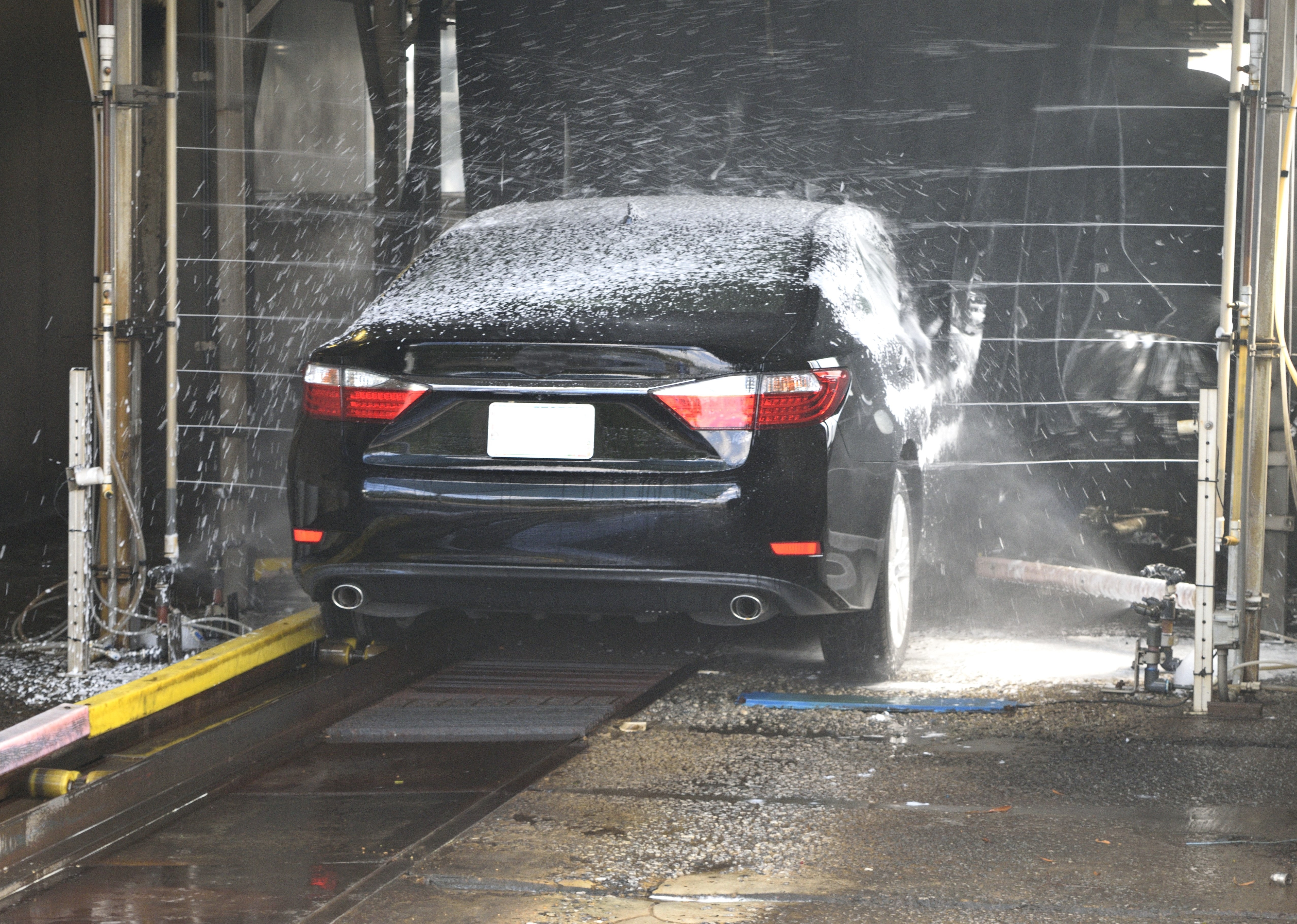
When cleaning is involved, cleaner water is always better. For cars specifically, the minerals and contaminants in water leave behind white spots on your car after a wash.
Consider the water type when cleaning vehicles. Various water types include hard water, soft water or reverse osmosis (RO water).
Typically, with hard or soft water, an average municipal water supply ranges between 140-400 ppm (parts per million) in total dissolved solids. But more commonly known as TDS.
Simply put, TDS is a combination of dissolved minerals in your water. Like calcium, potassium and sodium. These minerals enter water through natural sources like seawater, rocks, soils or even road salts.
And the majority of water spots on your car come from TDS.
If you're looking for a solution to water spots, look no further than reverse osmosis water. RO water removes the minerals and contaminants left behind on the surface of your car. So your car appears spotless.
Because RO water reduces contaminants and minerals, your car will dry without any unwanted residue.
Coffee Houses
Better water makes delicious coffee.
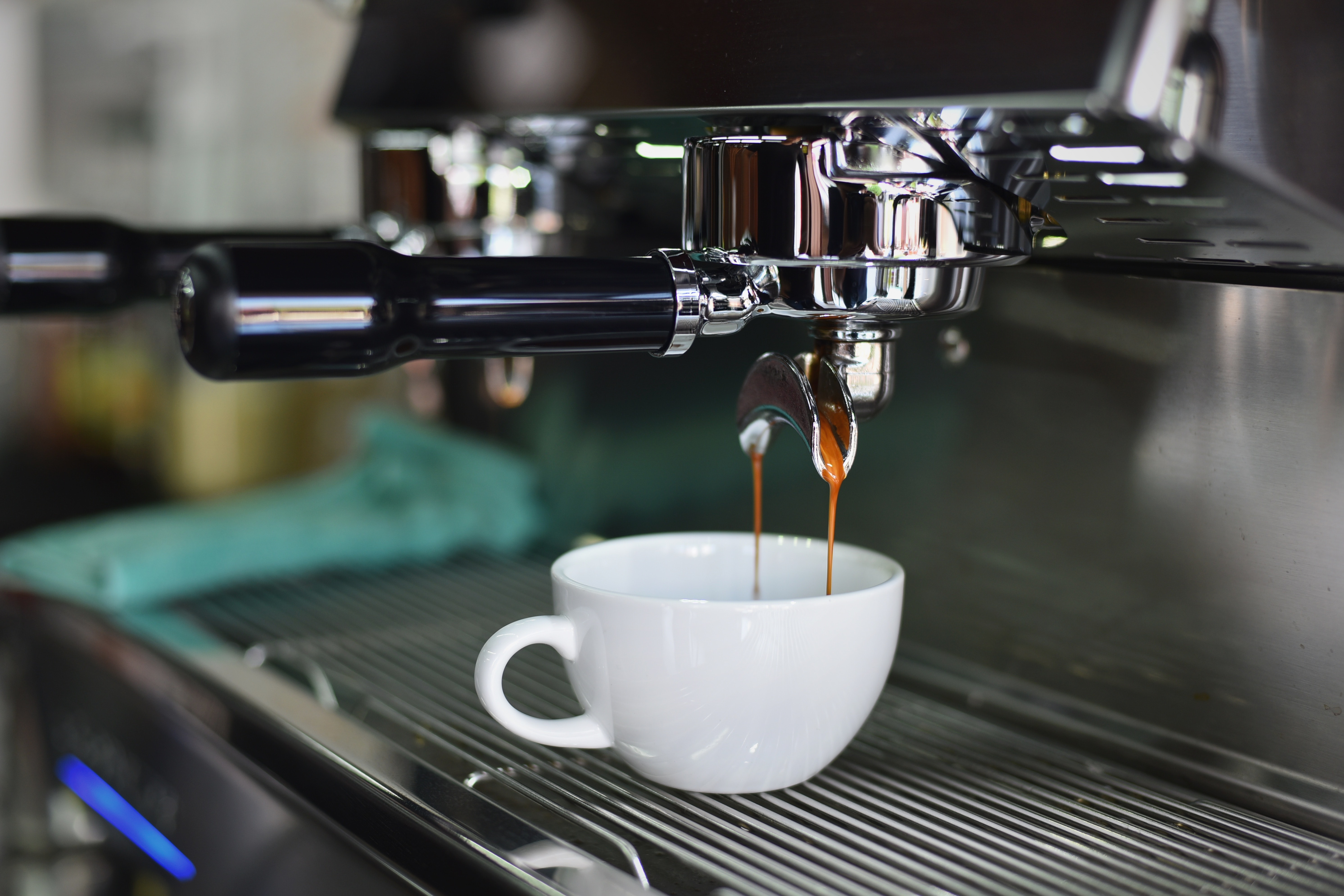
The main ingredient in coffee is water. So the water used to brew coffee makes a big difference.
Let's start at the beginning.
Hydrogen and oxygen combine to make water. And it can be used at extremely different temperatures. Such as iced or steamed. Water quality can therefore complicate the process of brewing coffee.
Local municipalities regulate drinking water. So it often contains trace amounts of minerals and additives. Though these minerals and additives are not harmful, they impact the taste of your coffee.
The mineral balance in water determines the success of coffee extraction. If water is unbalanced, it leads to an over or under extraction. Which leaves behind an unwanted taste.
Reverse osmosis water reduces the minerals and contaminants in water, so you don't have to worry about the taste, smell, or quality.
Culligan reverse osmosis water systems are certified to reduce every EPA-regulated contaminant. Which is more than 100 in total.
In addition to providing better tasting coffee, RO water helps maintain brewing equipment. Hard, contaminated water builds up and damages brewing equipment over time. So by using RO water, time, money and equipment are saved.
Conclusion
Water plays a big role in our day-to-day lives. So here at Culligan, we take water quality seriously. Our team offers a variety of water solutions. Whether you're looking for RO water for your crops, brewery, car wash, aquarium, ice rink, coffee house or even just your home, our experts can recommend a tailored solution.

